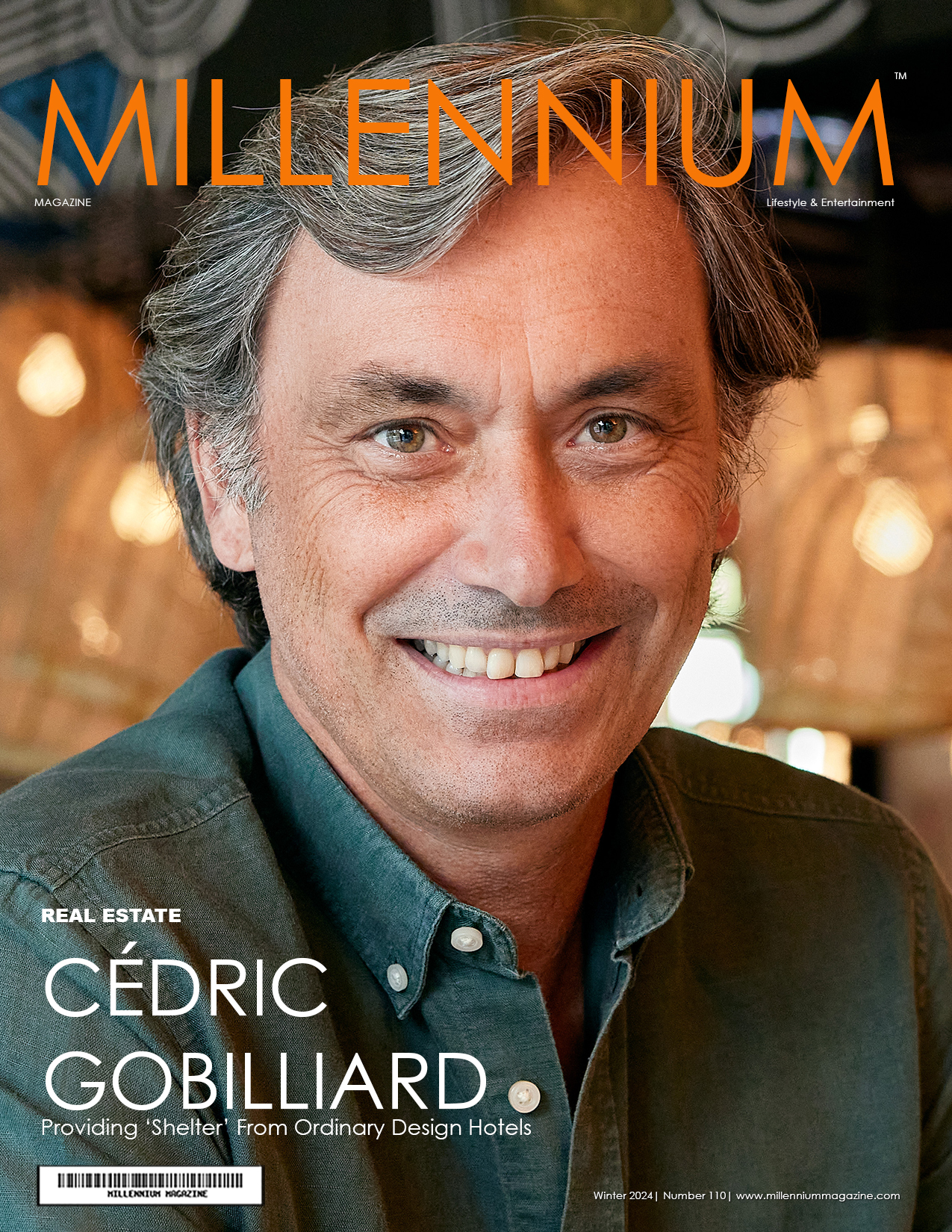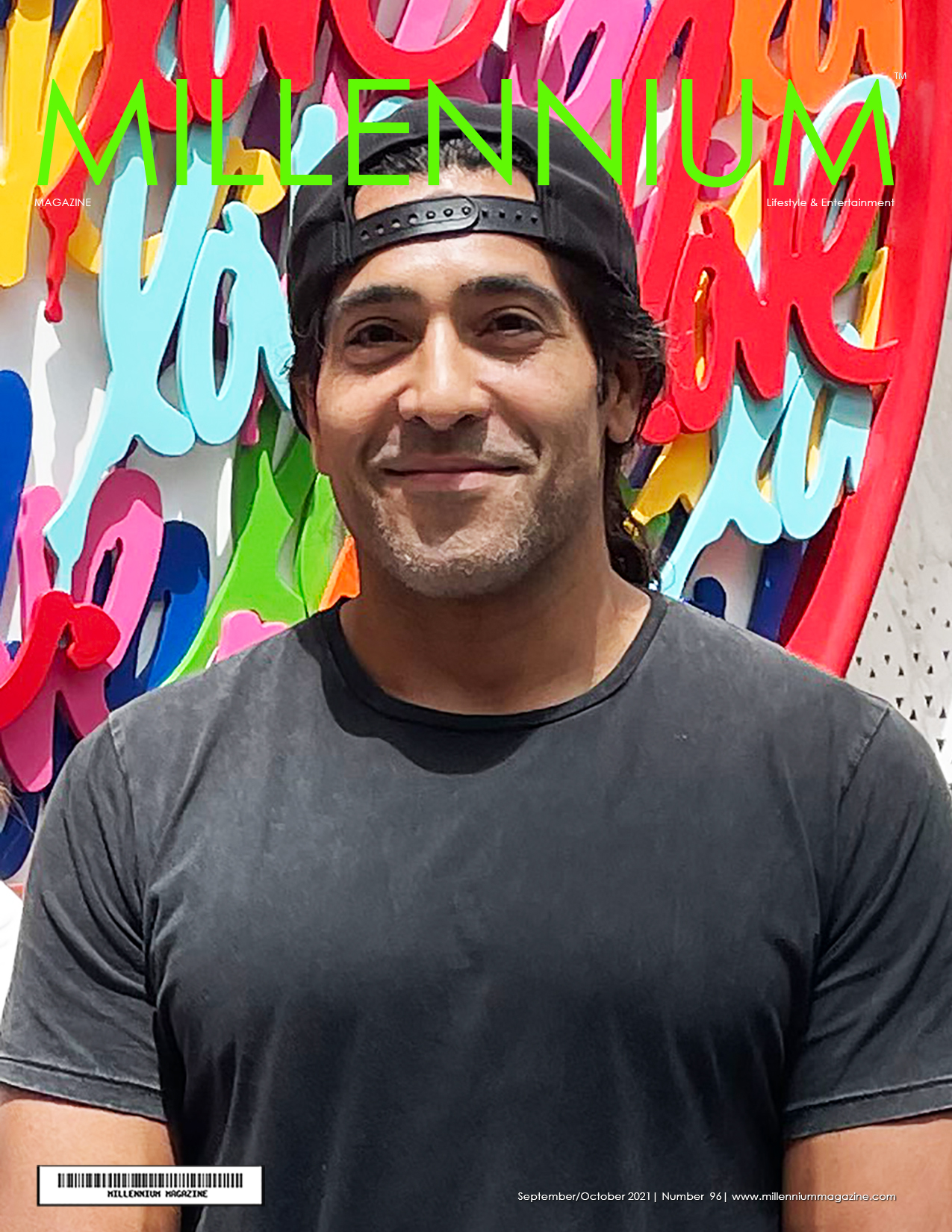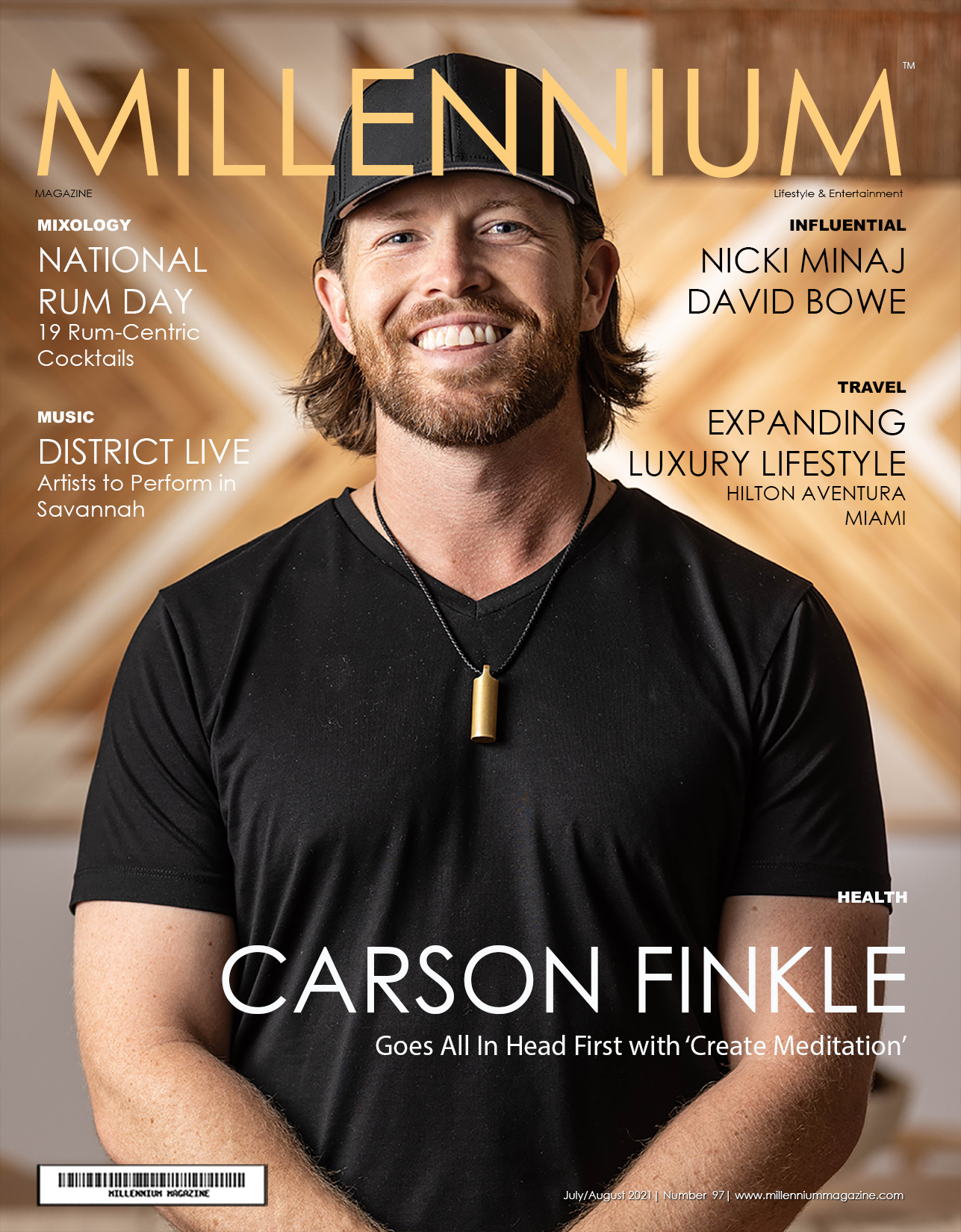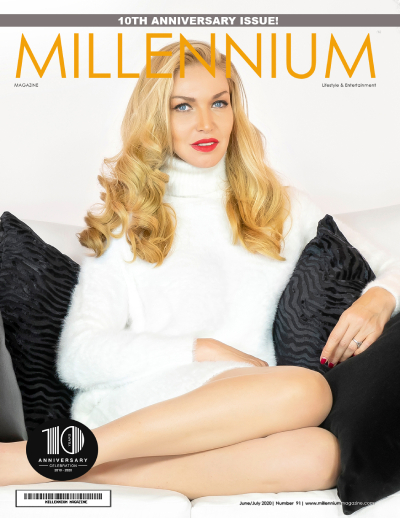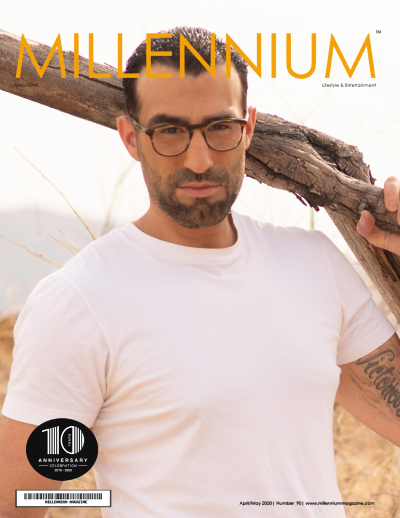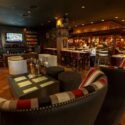
The Seychelles Islands serve as a classic example of what makes a destination for an executive retreat or international meeting site worth the extra effort to get there. Its beaches are among the most photogenic on Earth, and stories behind some of its luxury properties are the stuff of legend. On a deeper level, the Indian Ocean archipelago nation boasts cultural ties and Creole cuisine informed by East Africa and India as well as its historic ties to France, England, and Portugal. Lower tourist numbers, meanwhile, have helped preserve its distinctive vegetation and wildlife. This has made diving, boating, hiking, and biking activities all the more unforgettable.
If you need inspiration before committing to what can end up being a 24-hour jaunt, look no further than author Ian Fleming. His Seychelles sabbatical in 1958 served as a springboard for his super-agent James Bond to begin a new chapter of his storied career in spectacular fashion. When Fleming was not brainstorming inside his suite at the Northolme Hotel overlookingBeau Vallon Beach on Mahé, he getting material for his eighth book, “For Your Eyes Only,” and the various movies it spawned via snorkeling jaunts, jungle trail hikes, and searches for Seychellois pirate legends and lore.
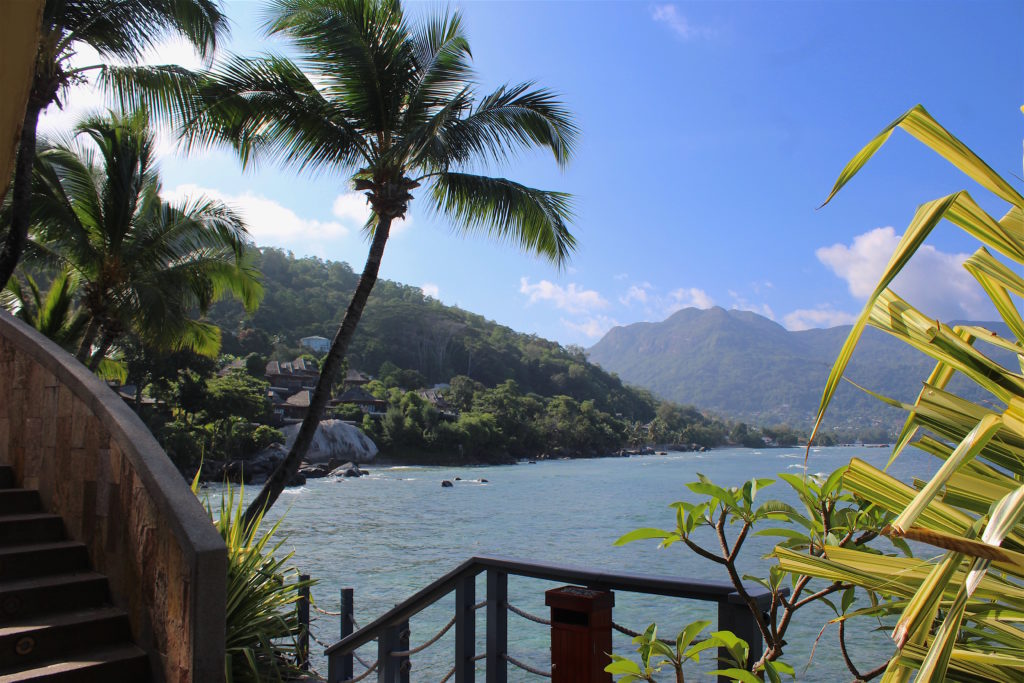
Today, Fleming’s legend has been woven into the fabric making up the adults-only Hilton Seychelles Northolme Resort and Spa (Hilton.com/Seychelles), the group’s smallest luxury property. Beyond the quirky-chic 007 Bar, other amenities would make Bond feel right at home, from African-influenced beach-chic décor in its 56 dwellings to the stunning main infinity pool, and pieces by local artists lining the entire resort. Its location, just outside capital city Victoria and its port, makes jaunts to Praslin, La Digue, and a variety of water sports and fishing adventures almost effortless.
Banyan Tree Seychelles (banyantree.com/en/seychelles/Seychelles), meanwhile, grew out of a small dwelling and plot of land that was once the private getaway for friends Peter Sellers and George Harrison. While tributes to both British pop culture legends adorn different parts of the “Great Inn” building, the rest of the 15-year-old property takes shape as an intimate Colonial-style “sanctuary for the senses” under the direction of the Singapore-based hotel company. Every single guest is made to feel like a VIP, thanks to 60 pool villas concealed from one another, attentive staff and its Zen Spa.


The Banyan Tree Seychelles experience can be summed up as an ultimate home-stay, down to views facing directly into the open ocean (as opposed to inlet beaches at other resorts) and customized elements in every guest villa including posh toiletry kits they can take with them as a souvenir. While the property is further away from Victoria, on-property food offerings (Creole, Thai, and continental) and its rum bar are uniformly excellent with food and drink prepped at peak freshness, enabling guests to enjoy the quieter side of Seychelles as Sellers and Harrison did.

Other properties tap more directly into the islands’ cultural ties other nations. Constance Lemuria Praslin Seychelles (constancehotels.com/en/hotels-resorts/seychelles/lemuria/), converges five-star elegance and respectful adherence to Seychelles’ Creole culture. Guests are surrounded with Afro-French architecture and décor and a check-in offering of Theodore Tea Paris or fresh-squeezed fruit juice with fresh French pastries.
As part of the Constance boutique hotel group (concentrated on Indian Ocean destinations), there’s an emphasis on detail and authenticity devised to ensure they will come away feeling like they’ve truly been to Seychelles. The spa almost stands alone in its own secluded area with individual treatment cabins surrounding a lush and almost noiseless courtyard. The restaurants, meanwhile, epitomize island cool. While Diva oozes with gorgeous color, craft cocktails, and 60s ambiance, The Nest rests like a diamond solitaire on the property’s beachfront, with a menu showcasing classic beachside cocktails and simple but superb seafood dishes with tropical fruit and seasoning.

The H Resort Seychelles (hresortseychelles.com)on Mahé, meanwhile, goes big with first impressions, with staff greeting guests in its hangar-sized “Creole rock house” lobby adorned with mosaic murals crafted with tiles from the same Italian ceramics artisans whose work adorns the Vatican. There is an interesting array of restaurants (including Trader Vic’s Seychelles, Seyshima’s Japanese-Creole fusion, and Vasco’s and 1502, nodding to Portugal’s influence on local history) and minimalist landscaping nicely framing the beach and pool areas.
The H’s private villas provide guests with easy immersion into local culture, with direct access to Beau Vallon, a colorful beach neighborhood noted for its night market and local hangouts. In-room features include a private pool deck and cabana, rain showers, oversized bathtubs, and Elemis spa products. In the public areas, perks include the “Fit Happens” wellness/fitness program, complimentary water sports instruction, guides, and snorkeling equipment rentals, and expansive herb garden that is as practical as it is decorative and blends nicely into the natural landscaping.
Le Meridien Fisherman’s Cove (marriott.com/hotels/travel/sezmd-le-meridien-fishermans-cove), whose 68 units and pool area fan out across Mahé’s only jetty, is also a short distance from Beau Vallon’s boardwalk, capital city Victoria’s downtown, and the main pier with ferries headed to the other islands. Other points of interest are right on the property (Marine Conservation Society Seychelles, an affiliated partner in the restoration of corals in the hotel’s bay) or steps from it (Vallon Church, one of the oldest in the Indian Ocean). While paintings by local artists give an extra sense of place to the property, the Art Studio in the Fisherman’s Cove Lobby provides a means for guests to support local artists and bring a permanent piece of Seychelles home. The Paris Bar, meanwhile, is a standout for its impressive collection of 51 varieties of gin and a dozen natural flavor-infusions of the islands’ own Takamaka rums.
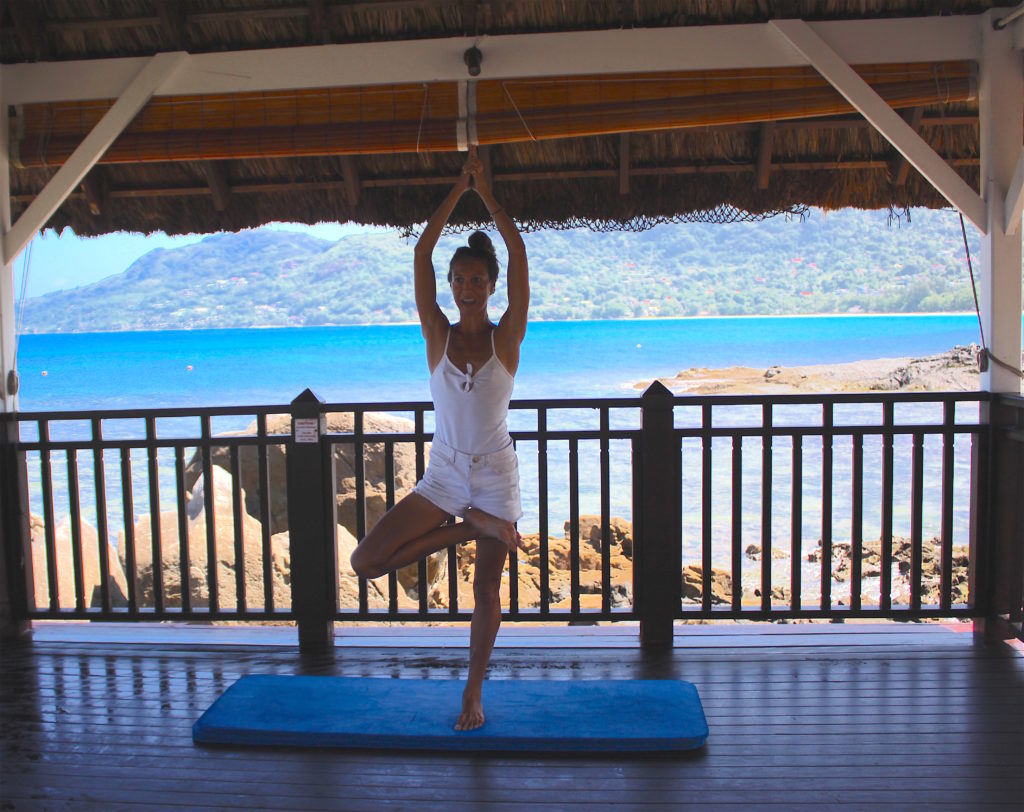
While these and the many other five star resorts offer enough activities and gorgeous vistas to keep one entertained on the property, what makes Seychelles worth the trip are its natural and historic highlights. The Seychelles Tourism Board site (seychelles.travel/en) is, naturally, a good place to start. However, travel companies like Mason’s Travel (masonstravel.com) and Creole Travel Services (creoletravelservices.com) can not only help recommend activities based on your interests and athletic capabilities but also get you from your hotel to those key places with little fuss.
A morning jaunt to Victoria is the perfect first full-day activity for meeting and retreat groups as it will help your crew members get their cultural and geographical bearings. Amid the capital’s several historic buildings, botanical garden, and proximity to its docks, there’s Sir Selwyn Selwyn-Clarke Market (or Victoria Market, as locals refer to it), which provides the perfect introduction to the islands’ Creole culture. While it opens at 4 a.m., it hits its stride around 9:30. As you stroll the stalls and small shops, you’ll see first hand how French, British, Indian, Middle Eastern, and East African ingredients and influences weave together to build every dish you will enjoy from the posh hotels to home-y local restaurants to night market stalls.
Although the mid-19thcentury-built market was remodeled in 1999, the presence of residents and cooks doing their daily shopping and the no-frills grid of stalls provides one a sense of place, even with souvenir vendors and interesting boutiques on the second level (including one specializing in wood carved sculptures). Fishmongers have a strong presence, figuratively and literally, selling fresh-caught dorado, kingfish (mackerel), grouper, barracuda, red snapper, tuna, and bonito. These are balanced out with as many spice vendors proffering fresh turmeric, cardamom, ginger, coriander, garlic, pepper, caraway, mustard seeds, and chili. While some of the produce vendors sell fruits and vegetables most are familiar with, the varieties grown in the islands are worth trying fresh before they end up plated in a fine hotel or restaurant’s catch of the day.
On Wednesday and Sunday nights, the boardwalk flanking Fleming’s beloved Beau Vallon Beach and several other hotels on Mahé transforms into the Bazar Labrin market, where some of the items sold at Victoria Market are transformed into aromatic “everyday” dishes worth trying—even if your hotel offers daily “theme” nights including one focused on Creole cooking. In addition to a smattering of souvenir vendors, a stroll offers live entertainment, and stalls (many of them family-run) specializing in fresh grilled chicken, fish, and other Seychelles Creole dishes such as jerk chicken (very different from its Jamaican counterpart), octopus curry, lightly-charred and slightly spicy sausages, skewers, and grilled vegetables perfected atop well-used charcoal grills.

While small museums and historic points of interest dot Praslin, Seychelles’ second largest island, UNESCO World Heritage Site Vallee de Mai and Anse Lazio are the two essential destinations. Visitors staying on Mahé can book a round-trip passage on a Cat Cocos ferry at 8 a.m. via one of the travel service companies to get to the gates of Vallee de Mai before larger crowds arrive.
The primordial palm forest is the only native home of the Coco de Mer, the saucy and sexy double-lobed coconut that serves as an official symbol for Seychelles. However, there are also waterfalls, streams, plants, and wildlife worth seeking out (i.e. the Seychelles Black Parrot and some of Earth’s tiniest frogs). With clearly marked trails, young adults may opt to treat the visit as a challenging hike. However, guided tours, a nature center, and colorful educational signposts along the main trail make the park a perfect day-trip for those wanting to experience the park at a slower pace. At Anse Lazio, a public beach without a hotel, most tour company guides provides a nice stretch of time to swim and snorkel in the distraction-free crystal waters before taking visitors to the return ferry and a spectacular sunset.
While La Digue’s Grand Anse and Anse are the top spots for scuba and snorkeling, some formal tours include a visit to Anse Source D’Argent (the world’s most photographed beach) and lunch at the ritzy Le Domaine de l’Orangeraie hotel. However, tour companies can help eco-travelers safely navigate the island’s hiking trails (Mere aux Cochons, Casse Dent, and Copolia) and user-friendly concrete bike paths with a knowledgeable guide.

Creole Travel’s full-day “Starfish” excursion promises postcard scenery, an all-levels hike at Moyenne Island (Ste. Anne Marine National Park), snorkeling, and lunch. What it delivers is a satisfying venture into Seychelles history along with some Creole home cooking. Between two snorkeling stops, passengers are ferried in two small boats to Moyenne Island. They set foot on Jolly Roger Beach–the start and end point of a guide-led hike whose paths lead to indigenous bird sightings, sanctuaries for adult and baby tortoises, and relics from Seychellois and expatriate inhabitants in the 18th, 19th, and 20thcenturies, including British newspaper editor-turned-naturalist Brendon Grimshaw, who purchased the island in 1962 and steered conservation efforts there until his death in 2012.

Back on Mahé, Trois Frères Distillery (Takamakarum.com) offers visitors a mix of history and local flavor. While the distillery itself was opened in 2002 by Richard and Bernard d’Offay, it rests on the grounds of a plantation founded in 1792 Jean-Francois Jorre de St. Jorre built La Plaine St André, which today houses a boutique hotel and restaurant. De St. Jorre, effectively the original Seychelles business traveler, arrived with the objective to bring the islands’ agricultural riches to Europe, and his operation initially thrived through the farming tropical spices for export, cultivating medicinal plants, maintaining copra kilns (for drying coconut meat), and distilling cinnamon and patchouli.
The d’Offay brothers note they launched Takamaka as a way to preserve Jorre de St. Jorre’s legacy. Plants growing on the property are still producing herbs and spices integral to the recipes making up Takamaka’s collection of seven small-batch rums. Other key ingredients that make rums timeless and classic include artesian spring water, sugar from an independent cooperative of farmers covering four different regions of Mahé, and molasses. Daily tours are regularly scheduled, and usually, start with an opportunity to meet the distillery cat and feed sugar cane stalks into special machinery that processes cane into the liquid foundation of the rum. Stills, distillation equipment, and aging barrels are housed in buildings once used to store products from the harvests.



